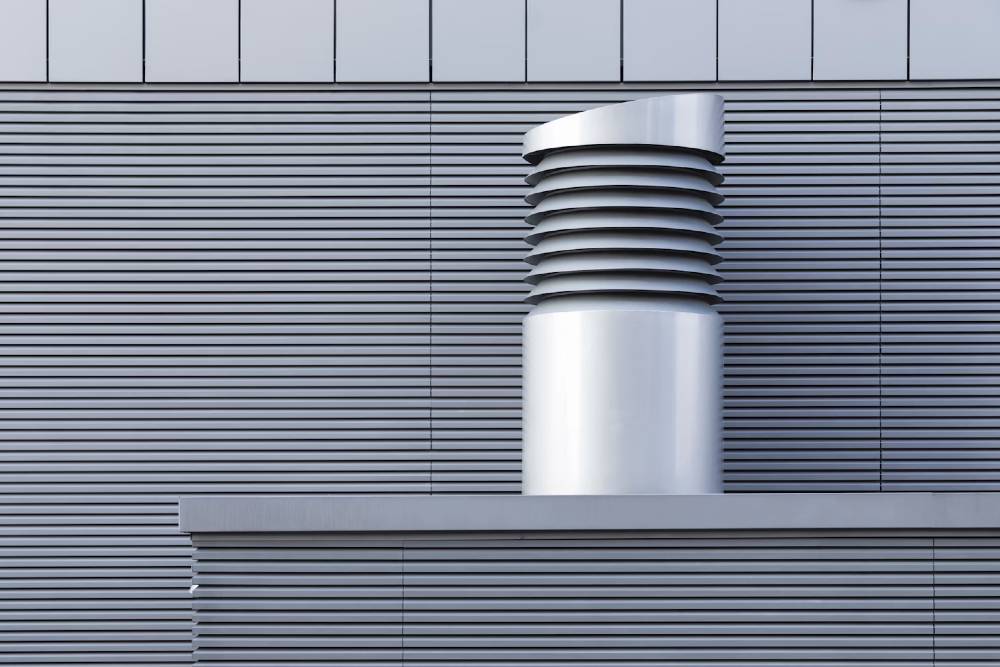Welding shops often experience poor air quality due to the release of fumes and particles during the welding process. These contaminants pose health risks to welders and can affect productivity over time. Ensuring clean air within a welding environment is essential for safety and efficiency.
An effective ventilation system plays a crucial role in maintaining a healthy workspace. This post explores practical ways to enhance air quality in a welding shop through proper ventilation.
Recognizing the Significance of Air Quality
Clean air is vital in any workspace, especially in welding environments. Fumes produced during welding contain harmful substances such as metals and gasses. Prolonged exposure can lead to respiratory issues, skin problems, and other health concerns. Effective welding shop ventilation systems help mitigate these risks by removing or diluting hazardous substances in the air.
Types of Ventilation Systems
Various ventilation systems are available for use in welding workshops. Each has its set of benefits, which should be considered when choosing the best option for particular requirements.
Natural Ventilation
Natural ventilation depends on airflow passing through openings, like windows and doors, driven by wind and temperature variances to keep the air circulating naturally around a space or building; however, its inconsistent nature may not always provide airflow for welding work.
Mechanical Ventilation
Using fans and ductwork, mechanical ventilation circulates air within a workspace, offering a steady airflow compared to natural ventilation methods. The two primary categories are local exhaust and general ventilation.
Local Exhaust Ventilation (LEV)
Local ventilation systems collect pollutants at their origin point to prevent them from dispersing in the workplace environment. Hoods and fans effectively extract welding fumes from the work area, thereby minimizing contact with materials.
General Ventilation
In a shop setting, ventilation is about keeping the air fresh by ensuring a flow throughout the space to reduce pollutants and maintain good air quality overall. It is less direct than Local Exhaust Ventilation (LEV).
Implementing Effective Ventilation Strategies
Mix and matching ventilation techniques can often lead to outcomes for enhancing air quality in a welding shop. So here are a few approaches to keep in mind when seeking to boost the overall air quality within that environment.
Optimize Airflow Patterns
To ensure that pollutants are removed efficiently, it’s important to maintain airflow patterns in ventilation systems by placing fans and ductwork without causing contaminated air to recirculate inadvertently.
Regular Maintenance
Ensuring that ventilation systems are well maintained is essential for them to work efficiently and effectively in your space. Regularly checking and cleaning the ductwork, along with fans and filters, helps prevent blockages and guarantees peak performance. Scheduled maintenance keeps everything running smoothly and allows for the early detection and resolution of any potential problems before they escalate.
Use of Air Purifiers
Adding air purifiers to ventilation systems helps remove particles and gases, and HEPA and activated carbon filters are useful for trapping pollutants, especially in places where welding is common. This enhances the overall air quality.
Educate and Train Workers
Teaching employees about the significance of ventilation and correct procedures improves adherence and efficiency levels at work sites. Employees can be empowered to address these issues with training sessions on how to operate ventilation systems and identify indicators of subpar air quality.
Monitor Air Quality
Regularly checking the air quality is important to see how well the ventilation systems are working. Air quality monitors give updates on pollution levels, helping to make adjustments for ventilation effectiveness.
Benefits of Improved Air Quality
Having ventilation systems in place offers advantages. Ensuring better air quality contributes to the well-being of employees and lowers the likelihood of absences while boosting productivity levels. It also helps preserve equipment by preventing the buildup of damaging elements over time. Additionally, maintaining a secure work environment boosts morale and employee satisfaction.
Conclusion
Air quality in welding shops significantly impacts the health and productivity of workers. Implementing effective ventilation strategies is essential in mitigating the risks associated with welding fumes and particles. By understanding the importance of clean air, selecting appropriate ventilation systems, and employing best practices, welding shops can create a safer and more efficient working environment.
Regular maintenance, worker education, and air quality monitoring play crucial roles in sustaining these improvements. Investing in proper ventilation not only safeguards health but also contributes to the long-term success of the welding shop.
